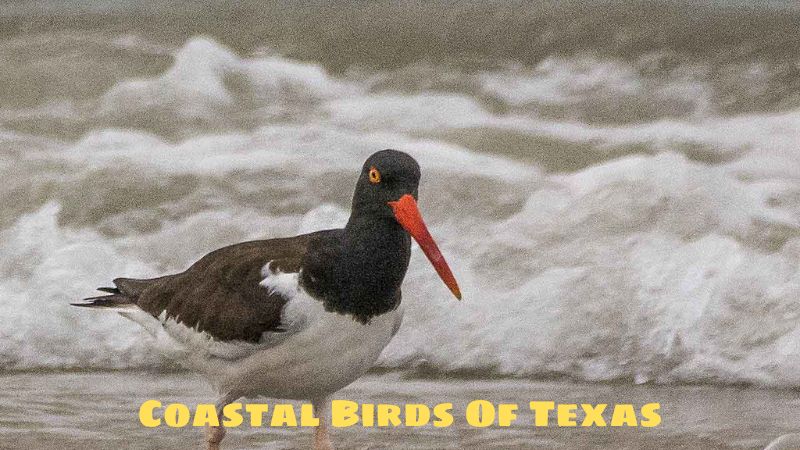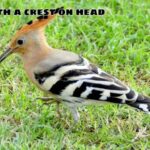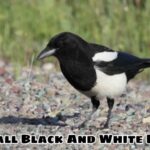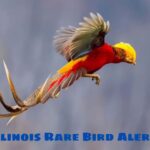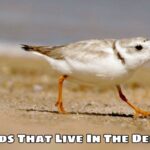In the heart of coastal Texas, diverse flocks of birds with bright feathers and vibrant activity highlight the natural beauty of this region. From ancient seabirds like the Brown Pelican to rarer species like the Pink Spoonbill, Texas is home to many rare bird species that play an integral role in America’s coastal ecosystems. Let’s explore with Exoticbirdscorner the interesting characteristics of coastal birds of texas!
Introduction to coastal birds of texas
The Texas coast is home to more than 500 species of coastal birds, creating a colorful and vibrant symphony of coastal ecosystems. From large migratory birds like the American White Pelikan to tiny, colorful birds like the Ruby Hummingbird, all play an important role in maintaining the balance and stability of the marine environment.
Texas coastal bird abundance stems from many factors, including:
- Long coastline: With more than 1,500 miles of diverse coastline, from pristine sandbars to salt marshes and coral reefs, Texas provides ideal habitat for many different species of birds.
- Abundant food sources: Texas coastal waters are a rich source of food for birds, including fish, shrimp, crabs, mollusks and aquatic plants.
- Temperate climate: The year-round mild climate in Texas creates favorable conditions for many species of migratory birds to live and winter here.
Texas coastal birds play important roles in marine ecosystems:
- Population control: They help control the population of small animals such as fish, insects and rodents, contributing to maintaining ecological balance.
- Seed dispersal: Some coastal birds, such as seagulls and cormorants, help disperse seeds of coastal plants, promoting forest regeneration and protecting coastlines.
- Environmental indicators: Coastal birds are sensitive to environmental changes, and their presence or decline can provide information about the health of marine ecosystems.
Coastal birds are common in Texas
Coastal Birds Of Texas is proud to be home to countless unique and colorful coastal bird species, adding vividness and brilliance to the natural picture. Here are some prominent “shining stars” among them:
Brown Pelikan (Pelecanus occidentalis)
Famous for its large beak and leathery pouch under its throat used to catch fish, the Brown Pelikan is the largest coastal bird in North America. They are often concentrated in coastal areas, islands and saltwater bays along the Texas coast.
Red Heron (Egretta rufescens)
With pure white feathers dotted with brilliant red on the head and neck, the Red Heron is one of the most beautiful birds along the Texas coast. They are commonly seen in salt marsh areas, beaches, and estuaries, where they feed by wading and catching small fish, crabs, and shrimp.
Pink Spoonbill (Platalea ajaja)
Elegant looking with pale pink plumage and a unique spoon-shaped flat bill, the Pink Spoonbill is a rare bird commonly found in the coastal areas of south Texas. They feed by wading and using their beaks to sweep mud and algae, filtering out small animals inside.
Charadrius melodus
Small but brave, Charadrius melodus is a migratory bird that often nests on the sandy beaches of Texas. They have gray-brown fur that blends in with their surroundings, helping them easily hide from enemies. The Sea Squirrel feeds by running along the shore, picking up insects, crustaceans and small sea creatures.
The distribution of these coastal birds in Texas depends on many factors such as habitat, food sources and climate. For example, Brown Pelikans are often concentrated in coastal areas of south Texas, where fish are abundant, while Red Herons favor salt marshes and estuaries, where they can easily forage for food. how to wade.
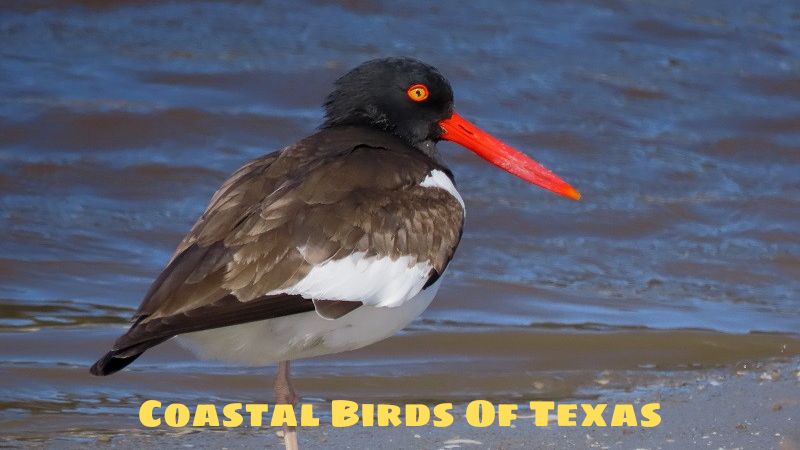
The importance of protecting Texas coastal birds
Texas coastal birds are not only beautiful creatures but also play an important role in the marine ecosystem and provide great economic benefits to humans. Protecting coastal birds is a shared responsibility of each individual and community.
Ecological benefits
- Population control: Coastal birds help control populations of small animals such as fish, insects and rodents, helping to maintain ecological balance.
- Seed dispersal: Some coastal birds, such as seagulls and cormorants, help disperse seeds of coastal plants, promoting forest regeneration and protecting coastlines.
- Environmental indicators: Coastal birds are sensitive to environmental changes, and their presence or decline can provide information about the health of marine ecosystems.
Benefit of economic
- Tourism industry: Coastal birds attract tourists to coastal areas, boosting tourism and creating jobs for local people.
- Fisheries: Some coastal bird species help control bait fish populations, contributing to the protection of aquatic resources for the fisheries industry.
- Scientific research: Coastal birds are important research subjects for scientists, helping us better understand marine ecosystems and the effects of climate change.
Community awareness
To protect Texas coastal birds, it is necessary to increase public awareness of the importance of these birds. Educational programs, propaganda activities and conservation campaigns need to be deployed to encourage people to join hands to protect coastal bird habitats.
Role of the public
Every individual can contribute to protecting Texas coastal birds:
- Minimize environmental pollution: Limit the use of toxic chemicals, plastic waste and other pollutants to protect bird habitat.
- Habitat protection: Supports conservation and restoration efforts in coastal areas, including beaches, salt marshes, and coral reefs.
- Raise awareness: Share information about the importance of coastal birds with friends, family and the community.
- Participate in conservation activities: Participate in beach cleanup programs, plant coastal trees, and support bird conservation organizations.
Epilogue
Texas coastal birds are “colorful symphonies” that decorate the natural picture more vividly and brilliantly. They play an important role in the marine ecosystem and bring great economic benefits to humans.
Protecting Texas coastal birds is a shared responsibility of each individual and community. Let’s join hands to protect this “nature’s love song” to preserve the beauty and richness of the coastal ecosystem for future generations.

